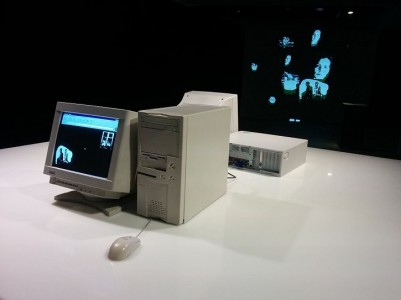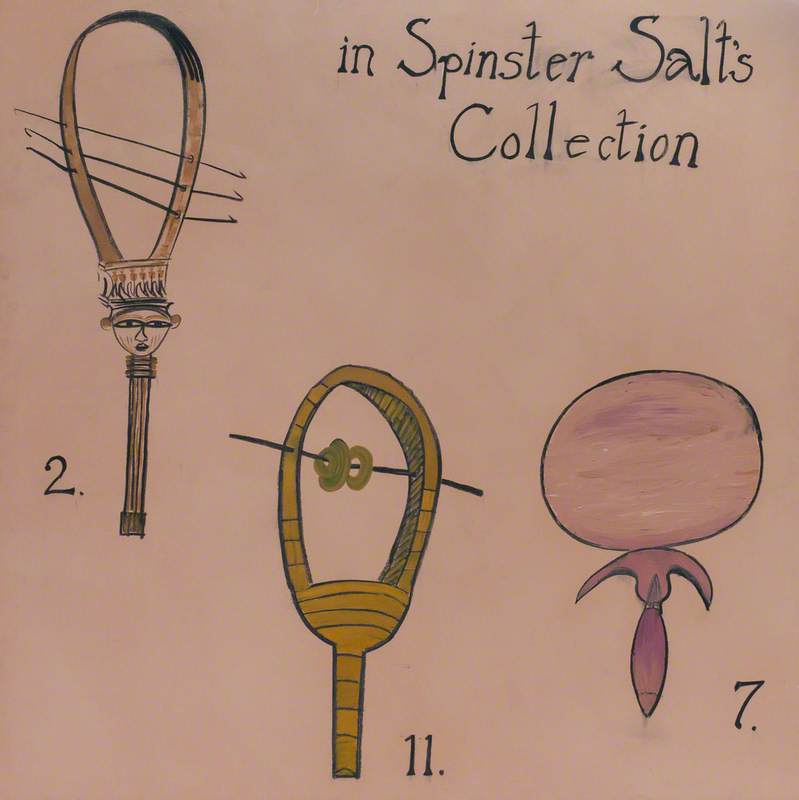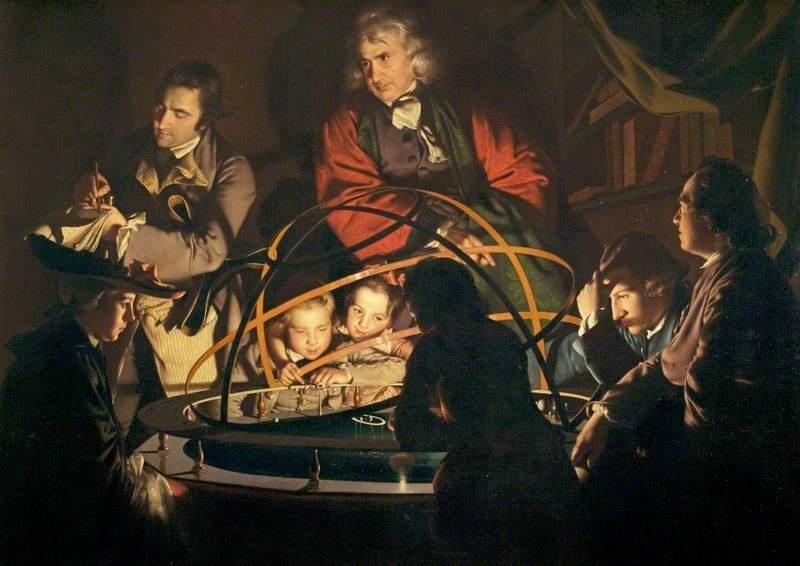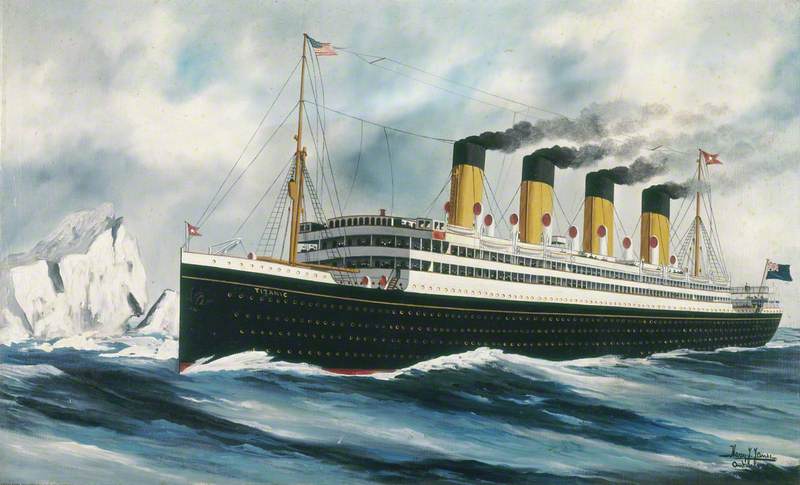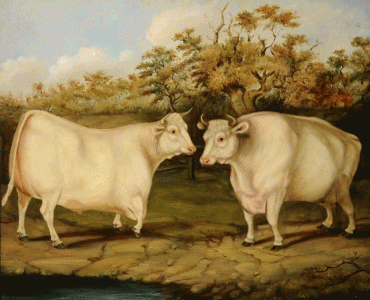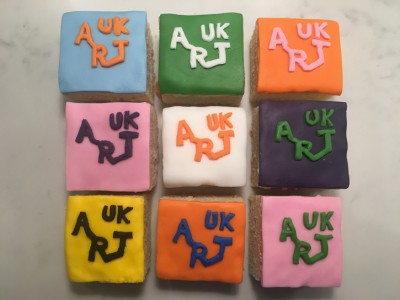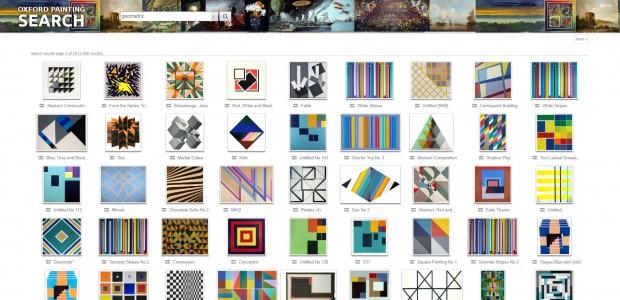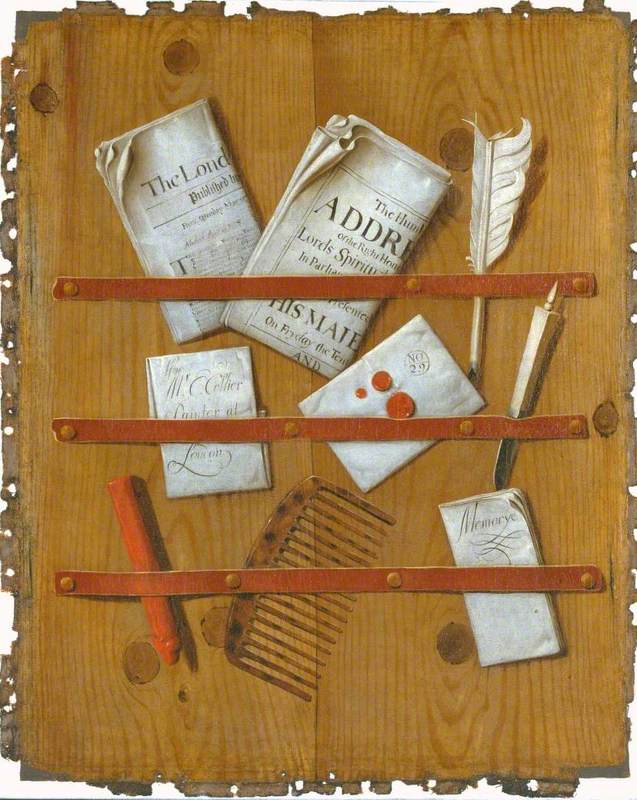Ghost Faces
AI-produced work by Pindar Van Arman 
Every so often, a painter like Van Gogh or Picasso steps forward and turns the art world upside down. But could the next big thing in art not be human at all?
Artificial Intelligence (AI) has been developed to produce unconventional artwork with spectacular responses from the public.
An algorithm known as a Generative Adversarial Networks (GAN) is used in which two neural nets manipulate each other, improving upon each result. One neural net, the generator, creates a solution and the other, the discriminator, judges it. Cameras and feedback loops allow the AI to watch and make adjustments until the desired artwork is reached.
In AI art, the generator network creates images whilst the discriminator network, trained on 80,000 paintings, distinguishes the differences between ‘art’ and ‘non-art’. The GAN generator is primed to produce an image that the discriminator
However, there is an undeniable conflict with AI art – can a robot, or AI, be creative and emotional?
Arguably, the basis of human creativity is dictated by knowledge, experience, and the senses. Knowledge is acquired cumulatively, and AI can model this
Nude
AI-produced work by Robbie Barrat (@DrBeef_ on Twitter) 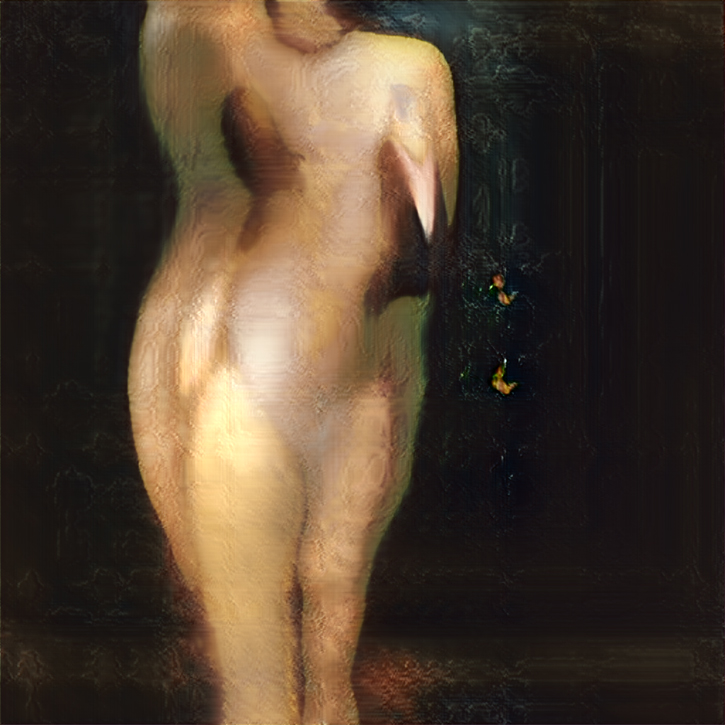
Landscape
AI-produced work by Robbie Barrat (@DrBeef_ on Twitter) 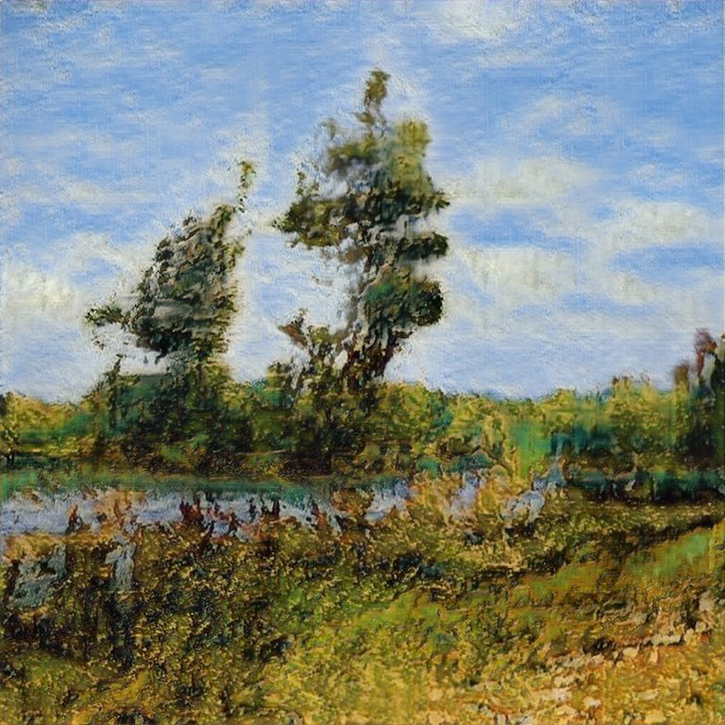
Creative Adversarial Networks (CAN) is a development of GAN which, according to the research team at Rutgers University, is attempting to generate creative art by '
Ahmed Elgammal, who worked on
To test this, the research team set up an online survey where members of the public were asked to judge a series of AI-produced images alongside paintings by people, without knowing which was which. Participants answered questions about the complexity of each image, whether it inspired them and evoked emotion. To the team's surprise, the images produced by their AI scored slightly higher in many cases than those produced by humans.
Ich bin ein Berliner
by Ahmed Elgammal 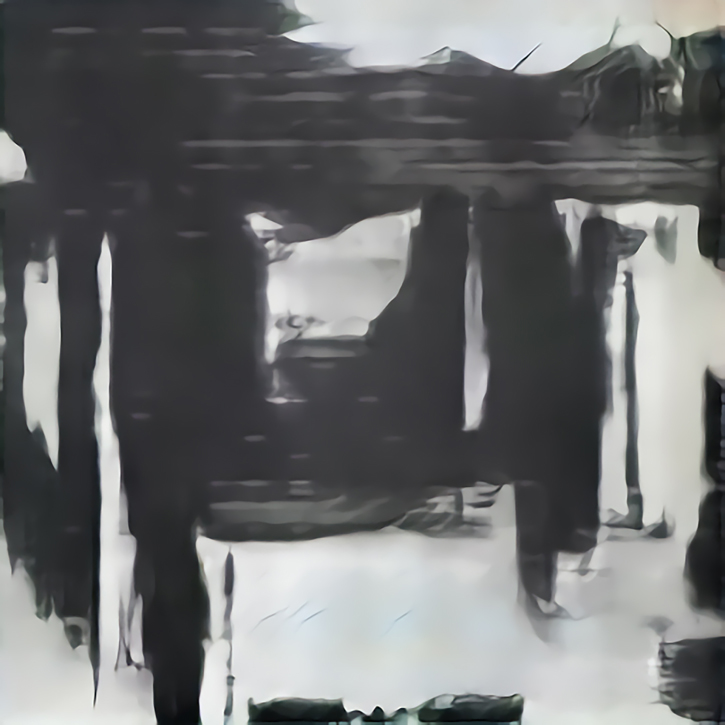
Untitled
by Ahmed Elgammal/CAN (from a series of AI-produced images) 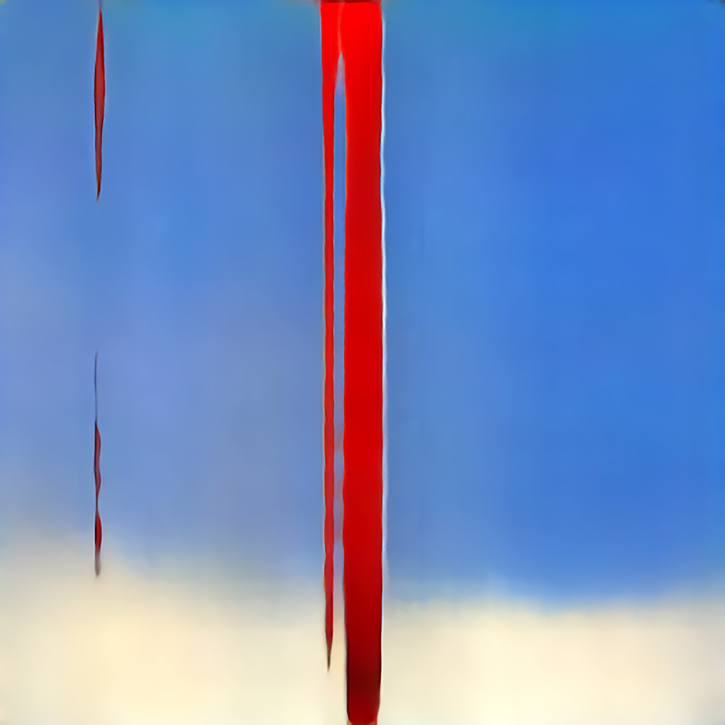
The research team at Rutgers University fed the AI thousands of paintings produced over hundreds of years, which meant it was able to see links between generations of painters that matched widely accepted theories in the art world.
For example, the AI
Bathers (Les Grandes Baigneuses)
about 1894-1905
Paul Cézanne (1839–1906) 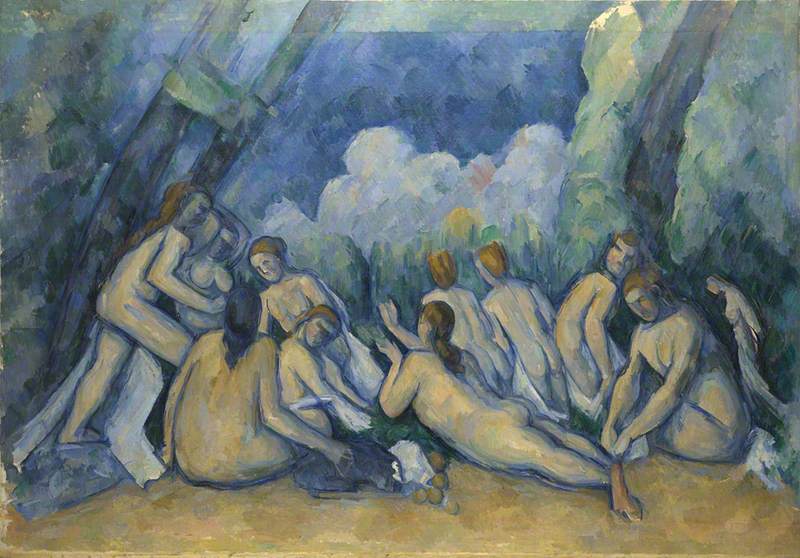
But what about the emotional attachment associated with art?
Pindar Van Arman,
Untitled
AI-produced work by Pindar Van Arman 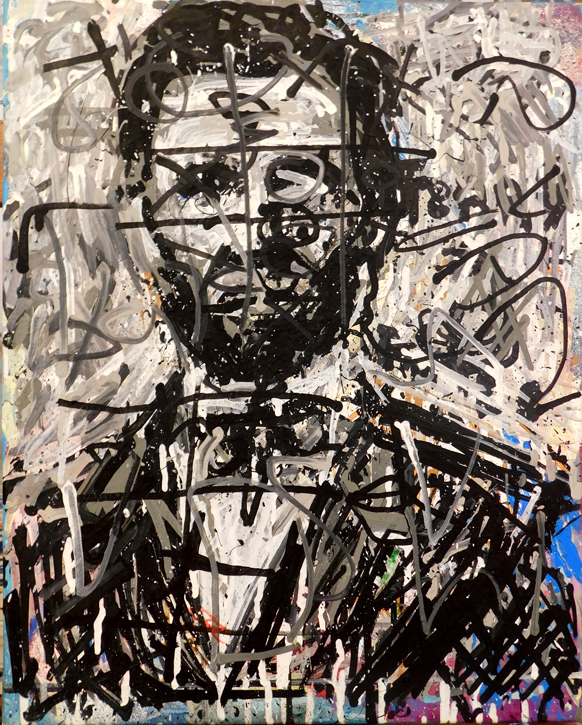
Pindar suggests there will be some crossover of shared experience. He says that 'both us and the AI will have said "What am I doing in this universe?", so maybe we’ll look at the art of what is consciousness.'
The lack of emotional connection is a gap that robotic art is yet to adopt, and it can certainly be improved upon. Currently, AI art still heavily relies on human input to create art. In the future, will AI be able to spontaneously produce art with a story and context – something that humans can relate to?
Rather than fearing the singularity of robotics and AI, perhaps we should see it as an opportunity. By breaching unexplored areas of paintings, sculpture and new media, it is possible that developments in AI art and robotics will allow us to expand and advance the art world. As always, we will have to wait and see...
Ben Selig, Masters Degree student in Integrated Mechanical and Electrical Engineering, University of Bath
Further reading
Ahmed M. Elgammal (Rutgers University), Bingchen Liu (Rutgers University), Mohamed Elhoseiny (Facebook), Marian
Ian J. Goodfellow, Jean Pouget-Abadie, Mehdi Mirza, Bing Xu, David Warde-Farley, Sherjil Ozair, Aaron Courville, Yoshua Bengio (all University of Montreal), GAN: Generative Adversarial Nets, 2014
Chris Barniuk, 'Artificially intelligent painters invent new styles of art', New Scientist, Issue No. 3,133, 8 July 2017
Richard Kemeny, 'Art history AI sees links between hundreds of years of paintings', New Scientist, Issue No. 3,164, 10 February 2018
Pindar Van Arman, CloudPainter
